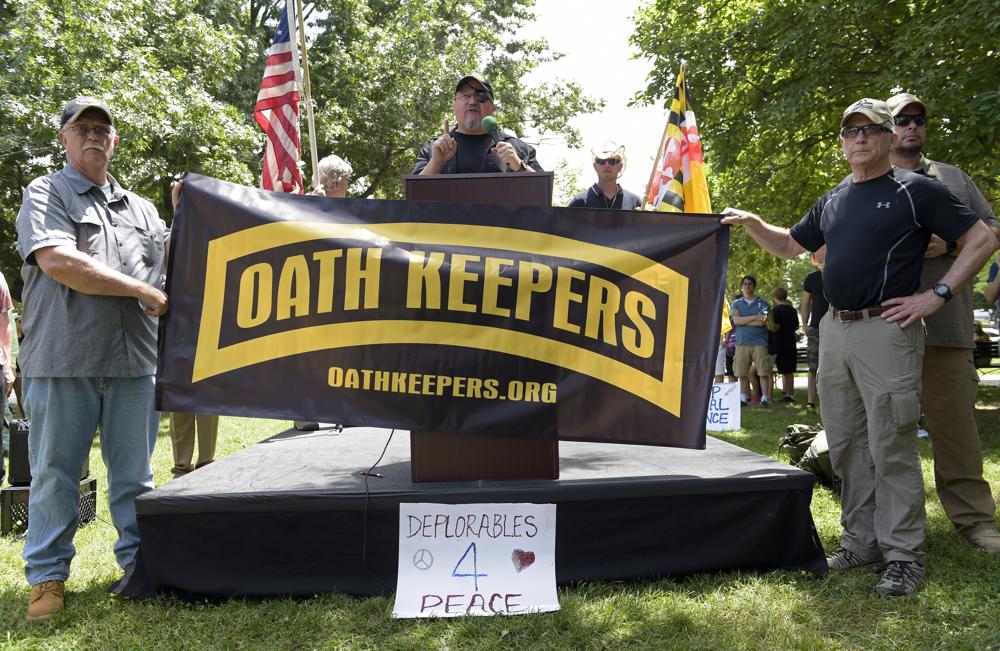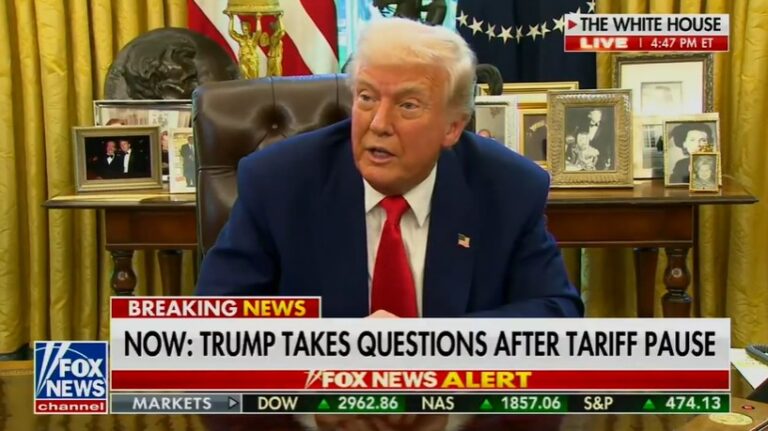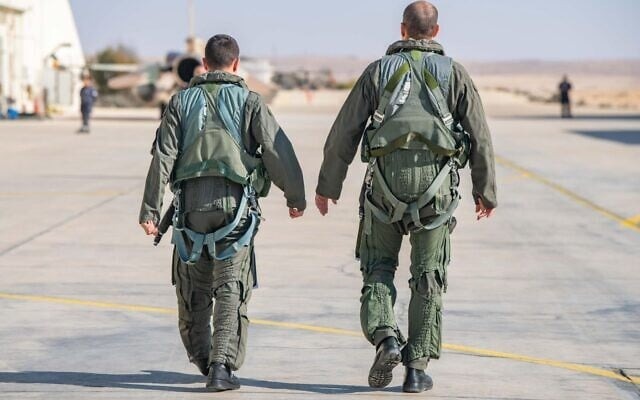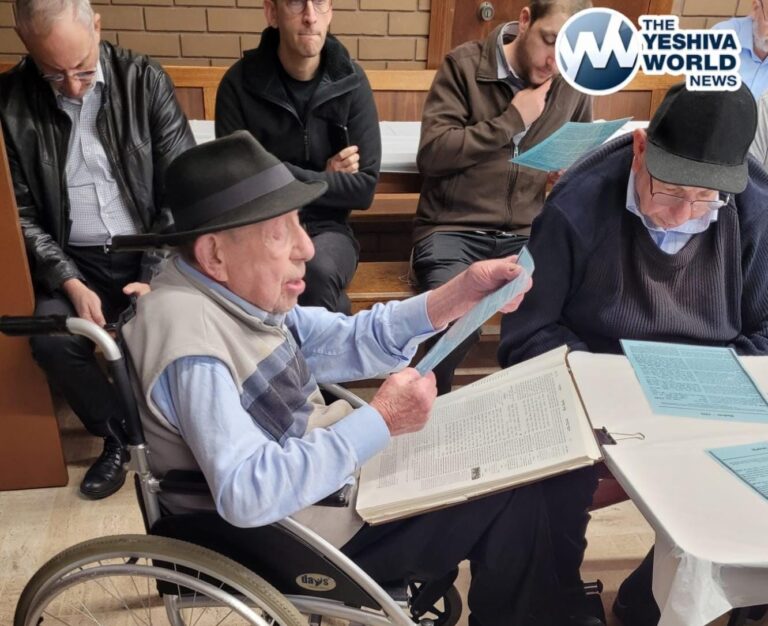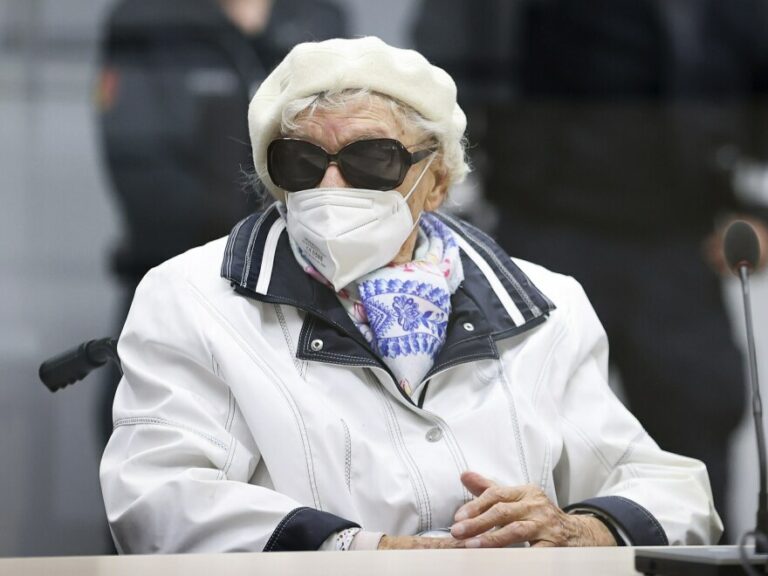Two days after the election on Nov. 3, 2020, the Oath Keepers were already convinced that victory had been stolen from President Donald Trump and members of the far-right militia group were making plans to march on the U.S. Capitol.
“We aren’t getting through this without a civil war,” the group’s leader, Stewart Rhodes, wrote fellow members, according to court documents. “Too late for that. Prepare your mind. body. spirit.”
Four days later, when The Associated Press and other news outlets declared Democrat Joe Biden the winner, the documents say Rhodes told Oath Keepers to “refuse to accept it and march en-masse on the nation’s Capitol.”
The indictment last week of Rhodes, the leader of the Oath Keepers, and 10 other members or associates was stunning in part because federal prosecutors, after a year of investigating the insurrection of Jan. 6, 2021, charged them with seditious conspiracy, a rarely-used Civil War-era statute reserved for only the most serious of political criminals.
But the documents also show how quickly Trump’s most fervent and dangerous supporters mobilized to subvert the election results through force and violence, even though there was no widespread election fraud and Trump’s Cabinet and local election officials said the vote had been free and fair.
Hundreds of people have been charged in the violent effort to stop the congressional certification of Biden’s victory. Many were animated by Trump’s speech at a rally near the White House, just before the riot, where he said: “We fight like hell. And if you don’t fight like hell, you’re not going to have a country anymore.”
But for Rhodes and others, there was no need for Trump’s words of encouragement. Action was already planned.
___
Elmer Stewart Rhodes III, 56, founded the Oath Keepers in 2009. He and some friends decided they would form an organization around the perception of “imminent tyranny,” concerned about federal overreach and a series of unrecognized threats, like the government was planning to attack its own citizens. He recruited current and former military, police and first responders.
Rhodes, out of high school, joined the Army and became a paratrooper, but was honorably discharged after he was injured during a night parachuting accident, according to a biography on the Southern Poverty Law Center’s website on extremism.
He went to night school at the University of Nevada in Las Vegas. His first job in politics was supervising interns for Ron Paul, who was then a Republican congressman from Texas. Rhodes later went to Yale Law School, graduating in 2004 and clerking for Arizona Supreme Court Justice Michael Ryan.
Rhodes moved to Montana and relocated his defense practice there but took a “hard right turn away from politics” the SPLC said, and launched the Oath Keepers.
He has said there were about 40,000 Oath Keepers at its peak; one extremism expert estimates the group’s membership stands at about 3,000 nationally. Before long, Rhodes was neglecting his law practice to work on the Oath Keepers. He was disbarred in 2015.
Members pledge to “fulfill the oath all military and police take to ‘defend the Constitution against all enemies, foreign and domestic,’” and to defend the Constitution, according to its website.
Their motto: “Not on our watch!”
The Oath Keepers engaged in a series of confrontations with the government during years of Barack Obama’s presidency. The most notable was an armed standoff against the federal government at Bundy Ranch in Bunkerville, Nevada.
Then Trump was elected in 2016. While Rhodes insisted the Oath Keepers were nonpartisan, they came to the nation’s capital in January 2017, when Trump took office, to protect peaceful “American patriots” from “radical leftists.”
“During this time, Rhodes became increasingly conspiratorial, adopting and peddling a number of fringe right-wing conspiracy theories with the assistance of his friend Alex Jones,” according to the book “Oath Keepers: Patriotism and the Edge of Violence in a Right-Wing Antigovernment Group,” by University at Albany assistant professor Sam Jackson. Jones is a conspiracy theorist and Infowars host.
When it looked like Trump was going to lose the 2020 presidential election to Biden, the Oath Keepers got to work, prosecutors said.
___
On Nov. 9, 2020, Rhodes instructed his followers during a GoToMeeting call to go to Washington to let Trump know “that the people are behind him,” and he expressed hope that Trump would call up the militia to help stay in power, authorities say.
“It will be a bloody and desperate fight,” Rhodes warned. “We are going to have a fight. That can’t be avoided.”
The Oath Keepers worked as if they were going to war, discussing weapons and training. Days before the attack on the Capitol, one defendant suggested in a text message getting a boat to ferry weapons across the Potomac River to their “waiting arms,” prosecutors say.
On Dec. 14, 2020, as the electors in the states cast their votes, Rhodes published a letter on the Oath Keepers’ website “advocating for the use of force to stop the lawful transfer of presidential power,” according to the documents.
As that transition in Washington drew close, Oath Keepers spoke of an arsenal they would keep just a few minutes away and grab if needed. Rhodes is accused of spending $15,500 on firearms and related equipment including a shotgun, AR-15, mounts, triggers, scopes and magazines, prosecutors said.
Others came prepared, too.
“Everyone coming has their own technical equipment and knows how to use it,” wrote Edward Vallejo, who also was charged in the conspiracy.
Oath Keepers staged the guns in hotels just outside of the District of Columbia. Rhodes said they were “QRFs” —military-speak for quick reaction force, according to court papers.
___
On the morning of Jan. 6, 2021, Vallejo and others were on a podcast discussing the possibility of armed conflict. Members turned up wearing camouflaged combat attire and in helmets. They entered the Capitol with the large crowds of rioters who stormed past police barriers and smashed windows, injuring dozens of officers and sending lawmakers running.
The indictment against Rhodes alleges Oath Keepers formed two teams, or “stacks,” a military term. The first stack split up inside the building to separately go after the House and Senate. The second stack confronted officers inside the Capitol Rotunda, the indictment said.
Other Trump supporters were getting in the fray, too.
The building was breached. The congressional certification had stopped. Rumors circulated that the left-wing antifa had breached the seat of American democracy. “Nope. I’m right here, these are Patriots,” Rhodes wrote to his leadership group in a secure chat.
“All I see Trump doing is complaining,” Rhodes wrote, according to prosecutors. “I see no attempt by him to do anything. So the patriots are taking it in their own hands. They’ve had enough.”
One of the stacks hunted for House Speaker Nancy Pelosi, D-Calif., but could not find her. Members of Congress were cowering in fear and Pelosi had been sent to a secure location. The siege continued for hours, until law enforcement finally gained control.
“We are acting like the founding fathers” one wrote in the throes of the melee. “Can’t stand down.”
___
An Oath Keeper was the first defendant to plead guilty in the Jan. 6 melee. Jon Ryan Schaffer also agreed to cooperate with the government’s investigation and the Justice Department has promised to consider putting him in the witness security program, suggesting it saw him as a valuable cooperator in the probe.
Other cracks in the group are showing. Before his arrest, Rhodes sought to distance himself from those who have been arrested, insisting the members went rogue and there was never a plan to enter the Capitol.
Court documents show discord among the group as early as the night of the attack. Someone identified in the records only as “Person Eleven” blasted the group “a huge f—n joke” and called Rhodes “the dumba— I heard you were,” court documents say.
After the riot, the North Carolina Oath Keepers branch said it was splitting from Rhodes’ group. Its president told The News Reporter newspaper it wouldn’t be “a part of anything that terrorizes anybody or goes against law enforcement.”
A leader of an Arizona chapter also slammed Rhodes and those facing charges, saying on CBS’ “60 Minutes” that the attack “goes against everything we’ve ever taught, everything we believe in.”
The Oath Keepers are having money troubles, too. The group lost the ability to process credit card payments online after the company demanded that Rhodes disavow the arrested members and he refused, Rhodes said in a March interview for far-right website Gateway Pundit. People are instructed instead to mail in applications and dues.
___
For a long time it didn’t look as though Rhodes would be charged. More than a dozen of his members were arrested on conspiracy accusations, and Rhodes was referred to in their indictments as “Person One.”
But as the months wore on it seemed increasingly unlikely anyone would face anything more serious like sedition — when two or more people in the United States. conspire to “overthrow, put down, or to destroy by force” the government, or to levy war against it, or to oppose by force and try to prevent the execution of any law.
That’s in part because such charges are rarely used and hard to win. The last time U.S. prosecutors brought a seditious conspiracy case was in 2010 in an alleged Michigan plot by members of the Hutaree militia to incite an uprising against the government. But a judge ordered acquittals on the sedition conspiracy charges at a 2012 trial. The last successful prosecution was in 1995 when an Egyptian cleric and nine followers were convicted of seditious conspiracy and other charges in a plot to blow up the United Nations, the FBI’s building, and two tunnels and a bridge linking New York and New Jersey.
The Jan 6 investigation has been long and tedious. The FBI is still looking for suspects and agents have combed through a mountain of evidence to link people with images from the day.
So far, more than 700 people have been charged. Most face lower-level crimes of entering a restricted building. About 150 people have been charged with assaulting police officers at the Capitol. And members of another far-right group the Proud Boys have been indicted on simple conspiracy charges that bring five years behind bars if convicted.
Rhodes was arrested Thursday and faced a judge on Friday who ordered him held in custody. After the hearing, his lawyers said he entered a not guilty plea and plans to fight the charges against him.
Jackson, the author of the Oath Keepers book, said Rhodes has been good at staying out of trouble in the past, but his public rhetoric became much more inflammatory leading up to Jan. 6 attack.
“This is entirely speculation on my part, but perhaps Rhodes felt like he would no longer get the attention that he needed if he continued to be moderate and had to become more inflammatory in his rhetoric,” he said.
(AP)

